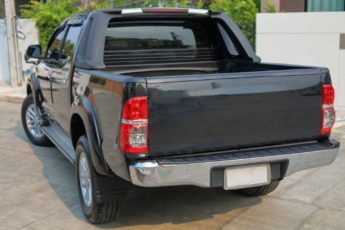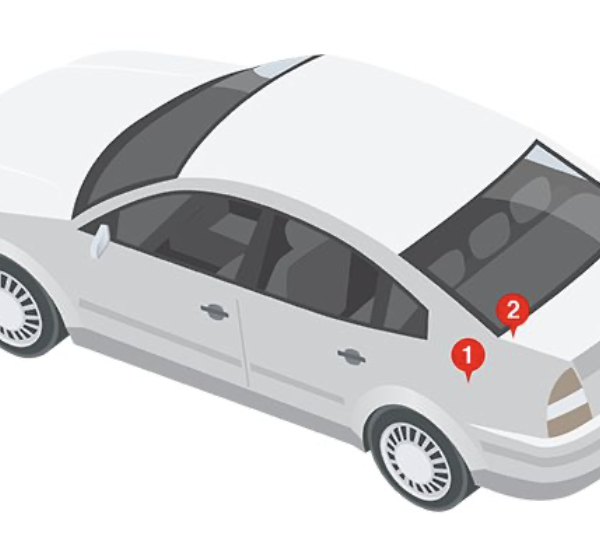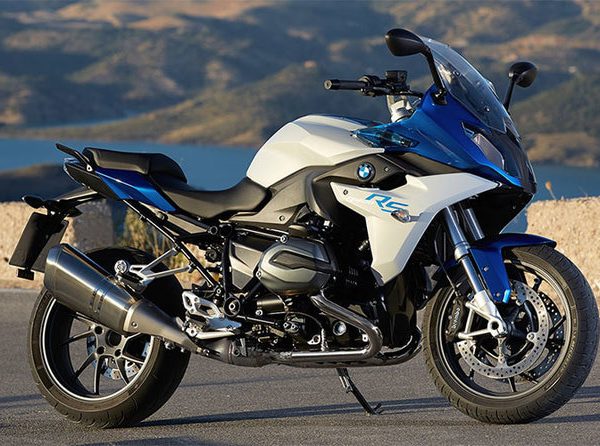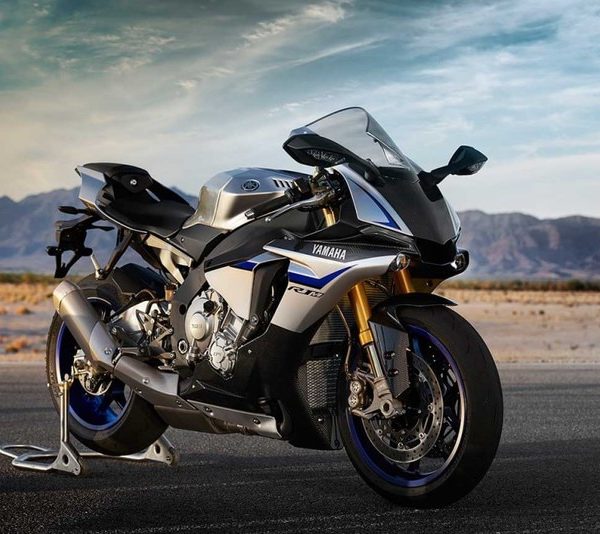Winter Driving Safety

Your ability to drive safely can be affected by a myriad of factors. However, one of the most pronounced is the weather. In particular, winter conditions that may include frigid temperatures, snow, sleet and black ice can turn even the most well-maintained roads into danger zones. Winter preparation will be your best friend.
Perhaps the guiltiest winter culprit is ice. It forms when the water on the road’s surface temperature drops below freezing. The thermometer can deceive you; even if it is several degrees above 32°F, ice might remain, preventing your tires from getting a good grip and making it difficult for you to stop or steer.
WINTER DRIVING ACCIDENT STATS
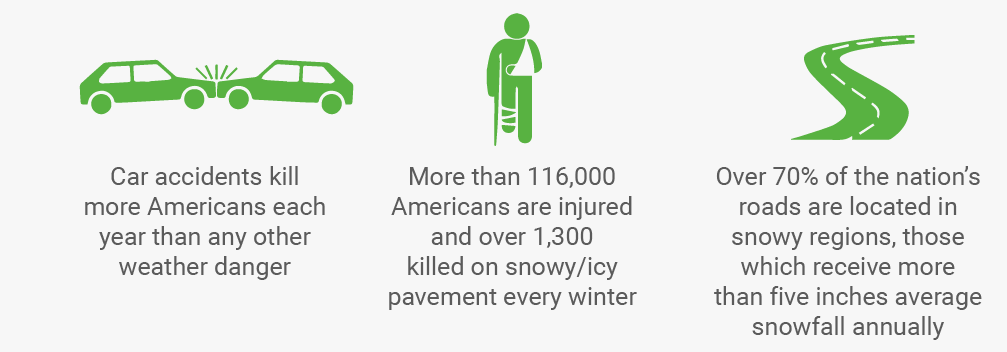
Since the Midwest features some of the most challenging winter weather, it is not surprising that states in this region of the country experience higher accident rates. There are several common types of winter crashes:
- Rear endings happen when someone does not maintain an adequate distance between their car and the one in front of them. If they suddenly need to stop, slick roads make it very easy to slide into the vehicle ahead. A good rule of thumb to avoid these accidents is to always be able to see where the rear tires of the car ahead of you meet the road. This distance gives you the room to avoid the vehicle if necessary.
- Black ice is even more dangerous than regular ice because you can’t see it. You might think the road is only wet, attempt to steer or brake and find yourself involved in a head-on, a T-bone or a one-car accident. Instead of tapping on the brakes when you encounter black ice, take your foot off the accelerator and steer the car in the direction you want to go.
- Poor visibility. Snow, rain and fog can severely hamper your ability to see the road ahead, making you vulnerable to crashes. Avoid driving at high speeds during these conditions. If possible, pull over and wait until the situation improves.
- Single car accidents are especially likely to happen on isolated rural roads under poor weather conditions. If your vehicle becomes disabled due to the accident, you might have difficulty getting help. To minimize the likelihood of these accidents, monitor weather conditions before traveling. Always carry a fully stocked emergency kit in your car, and make sure your cellphone is fully charged.
Since over 70 percent of our nation’s roadways experience significant snowfall on a yearly basis, keep these tips in mind no matter where you live to avoid becoming just another accident statistic.
WINTER DRIVING SAFETY PRECAUTIONS
We live in an era when relaxing and taking our time seem like foreign concepts. This mindset of urgency and multi-tasking can give us the impression that we have no alternative but to complete the job at hand sooner rather than later.
This thought pattern flies directly in the face of the caution that inclement winter weather should encourage. Unless you are a first responder or other essential employee, there is a good chance that putting off your trip by a few hours or even days will only result in minor inconvenience. If lives don’t depend on you and the weather is bad, stay at home. It’s a great excuse to relax or to take on those projects you have been putting off doing.
Of course, that doesn’t mean you should stop driving between November and April. However, being on the road when it’s cold can be damaging to many of your automobile’s moving parts.
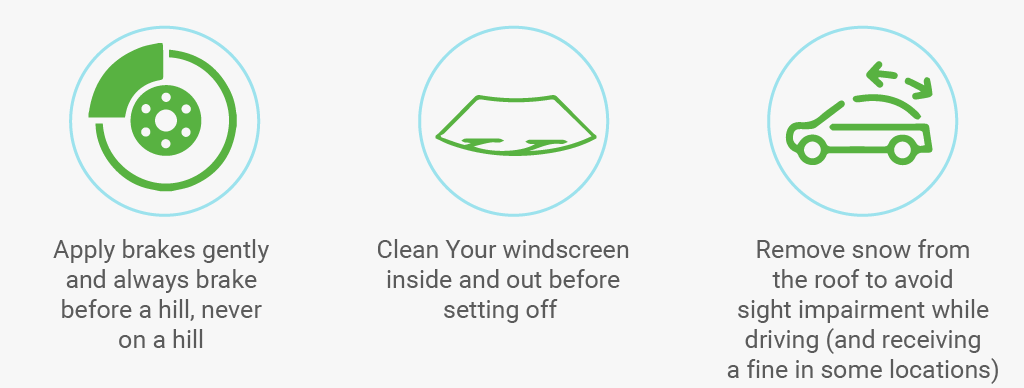
There is a liquid called coolant or antifreeze that runs in a circular pattern underneath your vehicle’s hood. Without it, your engine could overheat and crack and could stop running altogether. Antifreeze circulates throughout your engine, cooling the heat that has been generated by combustion. It then flows into the car’s heater core and back to the radiator where it originated. Water alone is not enough to keep the heat in your engine from reaching dangerous levels. That is why a 50-50 mix of antifreeze and water is recommended.
In addition to having a car that runs right and is prepared for the cold, accident prevention has a lot to do with how you handle yourself behind the wheel. The tips and advice that are helpful under normal conditions become absolutely essential when the snow flies and black ice insinuates its way onto the highways. For starters, remind yourself that no errand, however vital it may seem to be at the moment, is worth dying for. Operating your vehicle at a steady pace that allows enough room between you and other cars gives you time to react should a situation suddenly arise.
A set of well-maintained brakes can literally save your life, but even the optimal system will fail if you don’t use it properly. Slamming down the pedal will just lead to dangerous skidding and could result in total loss of control of the car. Gentle, firm pressure should be your motto when it comes to braking. Finally, don’t attempt to make a stop once you are on a hill; do so before you get there.
During the winter months, conditions can change suddenly. That’s why you need to be prepared. Don’t wait until things get bad to realize that you should have cleaned your windscreen both inside and out. Any fogginess or dirt that further hinders your vision can put you and your passengers in added, unnecessary danger.

Snow on your roof is a hazard not just to you but to other drivers. Before starting your trip, remove any large deposits of snow that would be likely to slide off onto the road. They can limit your ability to see and might cause grave damage to another vehicle and its passengers if they fall. It just takes a minute and a bit of discomfort in the cold to protect yourself and others, so don’t forget to perform this task.
Keep an eye on your vehicle’s lights. They can not only help you to see what is ahead of and behind you but also make you visible to others. In snowy conditions, you can’t afford to have malfunctioning, nonexistent or dirty lenses.
Tires are the intermediary between you and the road, and it is vital that they grip the surface. Winter weather turns this into a challenge. Having an adequate amount of tread and ensuring that your tires are sufficiently inflated are particularly important. A good general rule is to operate at anywhere from 3-5 psi higher than what you would do in the summer. In some areas of the country, it also makes sense to purchase a special set of tires designed specifically for winter driving.
The bottom line is that driving in the winter presents a unique set of challenges. With some forethought and a healthy dose of caution, you should be able to remain safe and warm even in the harshest of conditions.


 Cart
Cart
 Help Desk
Help Desk
